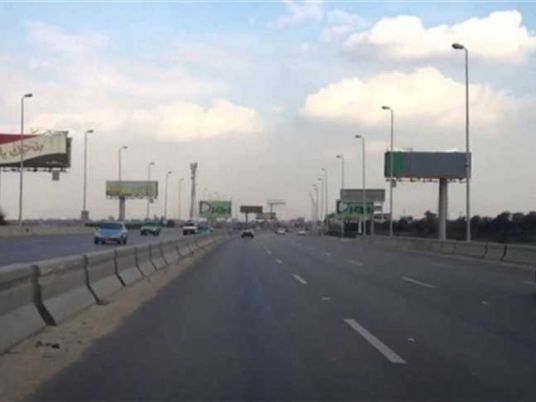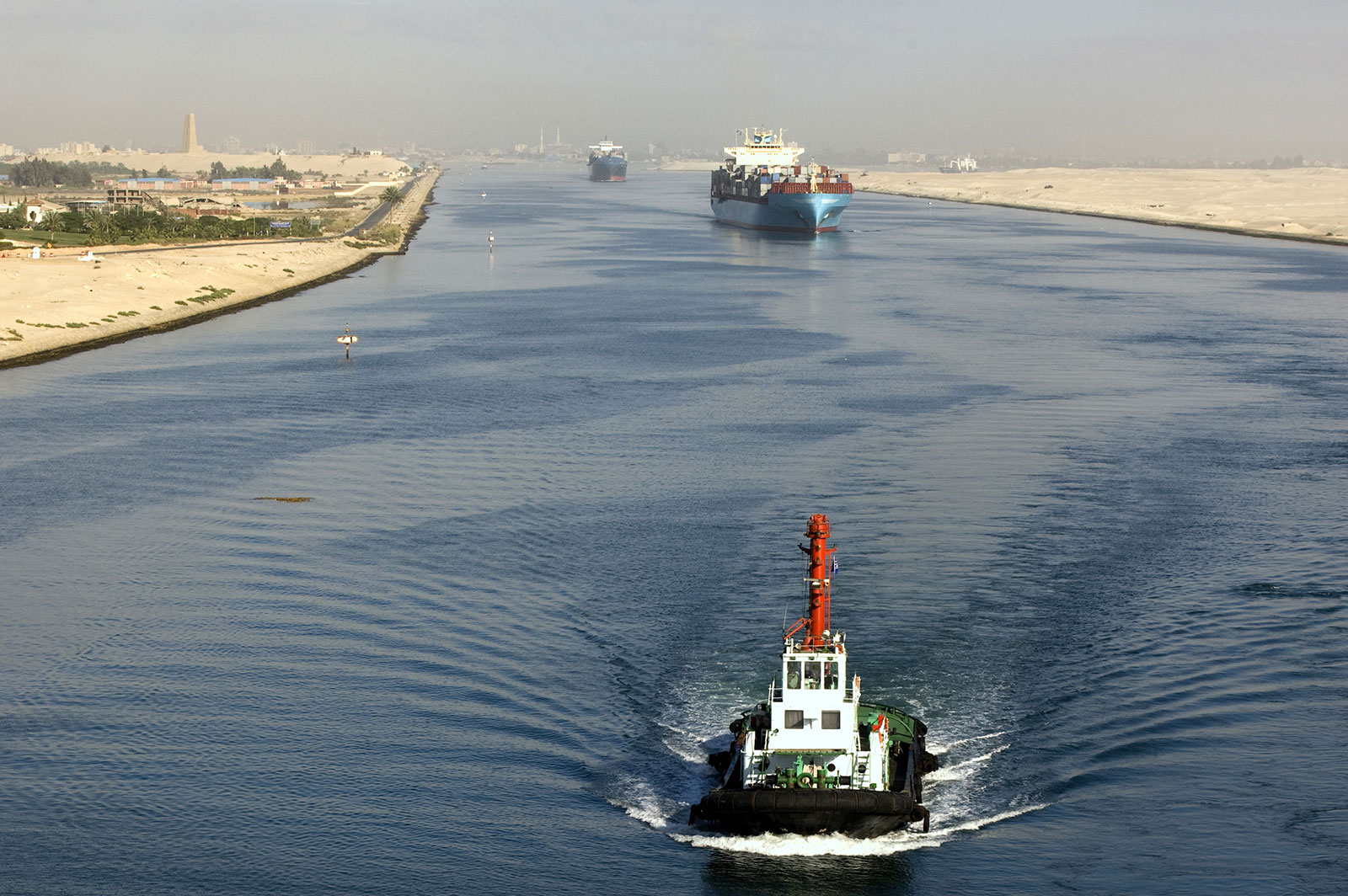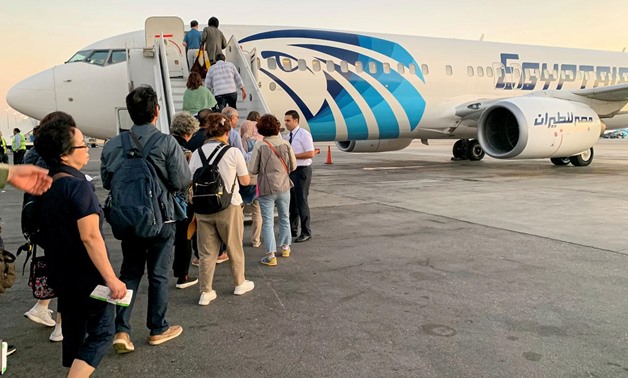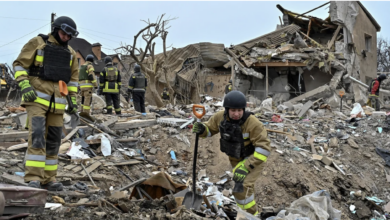Although billions of pounds have been invested in Egypt’s infrastructure, the majority of the nation’s poorest citizens continue to be deprived of adequate housing, local services and transport.
It is no wonder then that the main demands of the country's revolution were bread, freedom and social justice, according to a new report on the country’s “built environment.”
Produced under the auspices of the Egyptian Initiative for Personal Rights, in coordination with the Bank Information Center, the draft report was launched Wednesday during a press conference at the EIPR offices in Cairo.
Produced by architect and urban planner Yahia Shawkat, “The World Bank’s Impact on Egypt’s Built Environment” report looks at three main aspects of the built environment, which he describes as “the main ingredients of functioning communities.”
They include affordable housing, municipal services, such as electricity and sanitation, and transport, none of which have seen significant improvement or development in recent years.
The bank’s mission is to reduce world poverty, but identifying the poor who are supposedly the beneficiaries of some of these projects is no simple task.
Urban services for impoverished citizens constitute less than a quarter of the bank’s portfolio of investments. But even then, Shawkat says, the matrix used by the World Bank for analysis of projects does not define just who qualifies as poor.
What this masks, the report argues, is that the beneficiaries of these projects are not in fact the impoverished or low-income earners. Instead, it is the lower middle and middle classes that gain from most bank investments.
Shawkat points to the white taxi scheme in Cairo. If, he argues, the aim was to benefit the majority, given that buses and microbuses are the main form of transport in the city, improving public transportation or transport via these same vehicles would have been the focus. Instead, taxi owners were given loans to purchase new cars that mainly middle or upper class residents can afford.
Development plans
Both the World Bank and the Hosni Mubarak administration shared a belief in free markets, liberalization and that the state should serve as an “enabler” versus a “provider.”
Ideologically, there was a great deal of overlap between the government’s five year plan (2002-2007) and the Country Assistance Strategy 2006-2009, which was then extended to 2012. An interim strategy for the next 18 months, the report concludes, could be an opening for change. How likely this is, remains to be seen.
Maged Hamed, the World Bank’s regional social and environmental safeguards advisor for the region who joined the press conference, said the bank does not impose priorities or decisions on any nation state.
Hamed described the government as co-funder for every project, even if does do not contribute funds, but makes “in-kind contributions such as staff and facilities.”
Furthermore, he described the financial institution as a convening power for funding, but admitted the bank's alloted budget for Egypt’s built environment was limited compared to the state and other donors' funding models.
However, the authors of the report, and those backing the draft, contend the bank bears an enormous responsibility for the country’s languishing housing and public services sectors as a so called "convening power for funding." This is because it can establish the framework for important projects targeting the poor and have an impact beyond providing funds.
Defending the bank, Hamed stressed the report’s heavy reliance on World Bank document analysis.
The authors agreed that there are limitations to the draft report, pointing to an absence of clear data, transparent information and reliable indicators.
But these limitations, the report argues, do not hinder research. Rather, they are detrimental when “evaluat[ing] the development decisions of the past and formulat[ing] plans for the future,” for the government and international institutions as well as, more significantly, civil society and citizens.
Indeed, a key part of the problem, the report suggests, is the lack of involvement of civil society and citizens in public works.
Although the bank says it has been committed to stakeholder engagement over the last decade, meaningful participation remains “very very minimal,” according to Shawkat.
This is partly because the bank does not truly want true participation on the chance stakeholders would retract support for projects that do not benefit them. And in this, the government has the same interests as the bank, say the authors.
Critics have long argued many of these points and claim major development projects have failed to improve living standards for impoverished residents.
Indeed, Shawkat suggested that none of the report’s findings would be a surprise to urban planners. When it comes to public participation, the report emphasizes the bank’s attempt to shirk responsibility by leaving stakeholder engagement to the government — even if the government does not represent its people.
Fair community engagement that encompasses all stakeholders can be difficult because the poorest simply cannot afford to lose a day’s wages to take part. And even then, diverse groups with competiting interests must somehow come to a consensus on best ways to tackle Egypt’s chronic housing and services problems.
But as long as housing continues to be seen as a commodity and not a right, these same problems will remain, concludes Shawkat.




